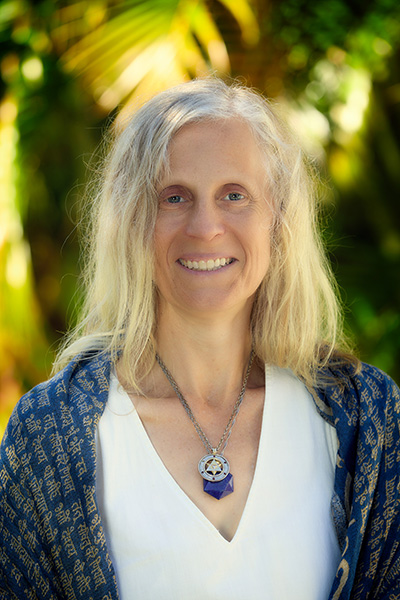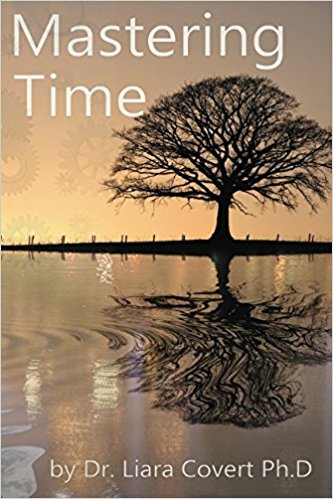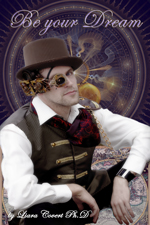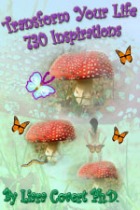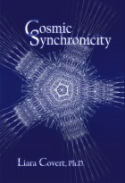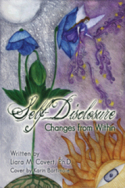6 Benefits of Lucid Dreaming & Dream Yoga
 Tuesday, October 3, 2023 at 5:15PM
Tuesday, October 3, 2023 at 5:15PM To be exploring your dreams is to be working with your mind. Lucid dreaming happens when you realize that you’re dreaming as it’s happening. You may reall films like Dream yoga occurs when you use this lucidity for your own practice. Dream Yoga, rooted in the Tibetan Buddhist tradition, allows us to “hack into the previously unconscious” and use our dreams to transform our waking lives. Wonder if this is worth exploring further? Consider 6 benefits of lucid dreaming and dream yoga;
1. Extend our meditation practice into our sleeping hours
Buddhist teachings on emptiness and the alleviation of suffering, offer clues. We suffer because we take things to be real. We suffer in direct proportion to how solid or unchanging we take the contents of our mind to be. Dream yoga teachings gets to the heart of the matter. This can be confrontational yet, it shows us how we create our own suffering based on our beliefs in solid and heavy, and what is real. The removal of suffering is a direct effect of seeing the world as dreamlike. We use our study of night-time dreams to understand the mechanics of our suffering and happiness in the so-called daytime dream.
2. Help manage nightmares
If we’re freaking out in the middle of a nightmare and we can wake up to the fact that we’re dreaming, then we can relieve suffering. We realize it isn’t real. That is being lucid. If we wake up to the fact that the contents of our mind are not as solid as we make them to be, then we see them as illusory. This is a process of awakening.
3. Better understand nightmares
To know nightmares on a mental level differs from the feeling and visceral level. Nightmares echo fragmented or disowned aspects of ourselves. We’ve refused part of our experience. During a nightmare, these rejected aspects of our being are calling back for attention and reintegration. That’s why they’re chasing us. When we run away from them, we continue to keep them alive. That’s why people have recurring nightmares. The nightmare arises, and instead of relating to it, seeing it as it is, we run. Instead of running, we can stop, turn around, and look directly at the monster. When we do, several things can happen. The monster may disappear, or it will stop and dissolve into us. By facing the monster, or by facing our demons, we can reintegrate these fragmented aspects of ourselves and absorb the nightmare. This has big impact in our waking lives.
4. Uncover deeper Truth
There are relative truths to many of our dreams. Freud once said “an uninterpreted dream is like an unopened letter.” The unconscious mind is frequently sending us teachings and messages in dreams and nightmares. Lucid dreaming can transform sleep into a window to the deeper realities. Yet, we often experience dreams as unreal. We can do things in dreams we do not in waking reality, like fly.
One of the reasons we don’t seem to have the same capabilities in waking reality as in dreams is because we take waking reality to be real. When you truly wake up, the waking world is just as real (or just as unreal) as the dream world. You start to see that the waking state is basically no different from the dream state. It’s the mind expressing itself in two different mediums. We make this so-called waking reality more real than our dreaming reality. When the world is seen as illusory, the ego freaks out. It has nothing to stand on. Therefore it sees waking reality as real and the dream world as unreal. The basic charter of these practices is to see the one taste of all these different dimensions of the mind so we’re no longer privileging one state over another. We have a very powerful prejudice toward waking consciousness. This is the source of lots of problems.
5. Explore the relevance of spiritual bypassing
Spiritual bypassing here refers to nihilism. This frequently arises as the near enemy when one asserts that reality is just a dream. Saying reality is just a dream is very dismissive. On one level, that level of dismissiveness is what we’re after. We’re trying to dismiss the imputed validity of reified waking reality. In that regard, dismissal is appropriate. An erroneous interpretation of this is a thought that sounds like, “If it’s all just a dream, who cares what I do?” With that mentality, you do not choose to be a conscious creator. There’s no compassion or social activism. There’s just apathy. You must realize it’s a subtle trap, and ego can default into that. When we’re working with these practices, there are all these subtle traps that ego will find. The proof you may be seeking is found through your own diligence and what is revealed through your direct experience.
6. Prepare us to experience a lucid death
According to the Tibetan Buddhist tradition, dream yoga came about largely as a preparation for death. Padmasambhava [the 8th century Indian teacher who brought Buddhism to Tibet] once allegedly said that if we can maintain lucidity in our dream state seven times—in other words, if we can maintain lucidity with some constancy in the dream state—we can have a lucid death experience.
What the traditions put forth is that when we die, our lucidity or "bardo" awareness (the in-between state after death and before rebirth] will be directly proportional to our lucidity in the dream state. This, in turn, is directly proportional to our lucidity in the meditative state. Dream yoga is important because it empowers not only our dream practice, but also our meditation practice. The biggest reason we’re not lucid in our dreams is that we’re not lucid to contents of our mind during the day. That is incredibly important. So many studies have shown that meditators have more lucid dreams. If you practice meditation during the day and develop lucidity or awareness of the contents of your mind, that naturally expresses itself as increased lucidity in the dream state. The tradition then goes one step further to say that type of lucidity also transfers to a lucid bardo experience.
--------------------------------------------------------------------------------------------------------------------
It is important to recognize that huge resistance can come up for people when attempting lucid dreaming and dream yoga practices. Why?
The ego has a bias toward its version of awake reality. People fear some of these nocturnal practices as they’re afraid of the dark. Ego is simply keeping up its defences. Darkness is a code word for ignorance. Nighttime is an archetype of that ignorance for many people who prefer to stay in the dark. Every time we go to sleep or get lost in monkey mind, ego is recharging its samsaric batteries. Not everybody wants to engage in dream yoga, because it will show us just how far we’re willing to go to wake up. Ego exists in the darkness of ignorance. When we try to penetrate it with nocturnal dream practices, part of us that just doesn’t want to go there.
In conclusion, lucid dreaming and dream yoga practices are not designed for everybody. They’re a little more advanced and require discipline. They are subtle and deep. People may wonder, why bother? While these practices are not all that easy, they are potentially more transformative, aswe are dealing more directly with the very roots of our ignorance. When we engage in these practices, it concerns the very tectonic plates of our existence.
Our Astral, Lucid and Dream Yoga Course begins November 3rd. Contact us for further information.
